The Rally: On Rafael Nadal’s shock Australian Open exit, his future—and where the American wave goes from here
By Jan 18, 2023Australia at Last: Reflections on a first trip to the AO
By Jan 29, 2025Alexander Zverev must elevate his game when it most counts—and keep it there
By Jan 27, 2025Jannik Sinner draws Novak Djokovic comparisons from Alexander Zverev after Australian Open final
By Jan 26, 2025Alexander Zverev left to say "I'm just not good enough" as Jannik Sinner retains Australian Open title
By Jan 26, 2025Jannik Sinner is now 3-0 in Grand Slam finals after winning second Australian Open title
By Jan 26, 2025Taylor Townsend and Katerina Siniakova win second women's doubles major together at the Australian Open
By Jan 26, 2025Madison Keys wins her first Grand Slam title at Australian Open by caring a little bit less
By Jan 25, 2025Henry Patten, Harri Heliovaara shrug off contentious first set to win Australian Open doubles title
By Jan 25, 2025Aryna Sabalenka takes a rare loss in Australian Open slugfest
By Jan 25, 2025The Rally: On Rafael Nadal’s shock Australian Open exit, his future—and where the American wave goes from here
Plus, thoughts on the never-a-dull-moment Danielle Collins experience.
Published Jan 18, 2023
Advertising
Advertising
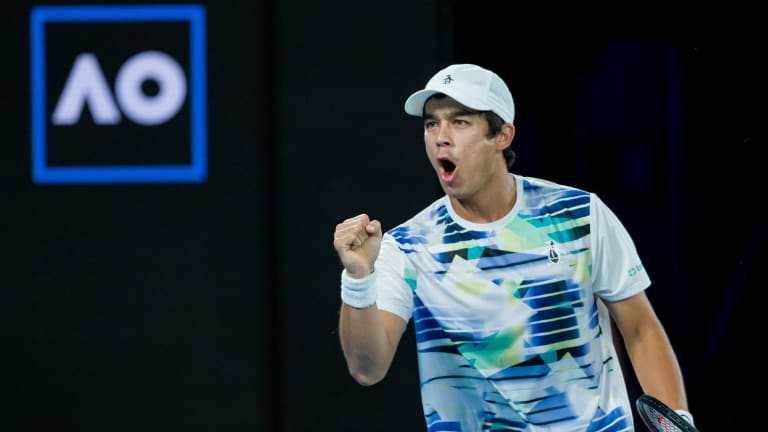
McDonald said that after watching Fritz beat Nadal in Indian Wells, and Tiafoe do the same at the US Open, he knew that an upset of this magnitude was within the realm of possibility.
© © Andy Cheung / ArcK Images / Getty Images
Advertising
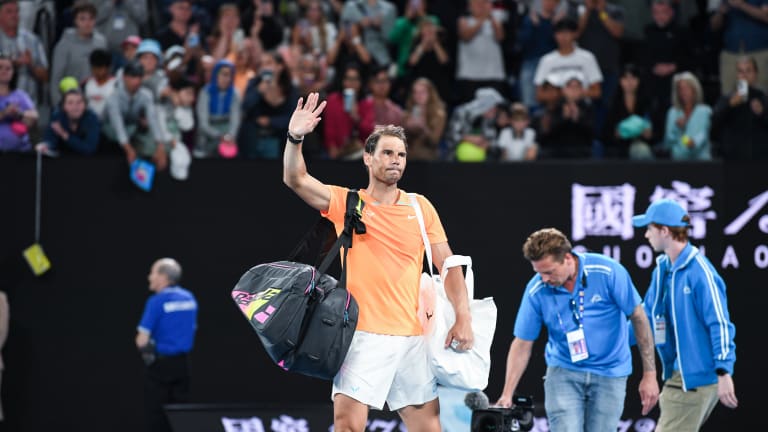
Nadal's extended exit had the feel of a final walk off from a particular stage.
© Getty Images
Advertising

Jagger Leach is getting a preview of college life in Paris
The son of Lindsay Davenport and Jon Leach soaks up a 'blessing' as he prepares to play for a family rival.
Advertising
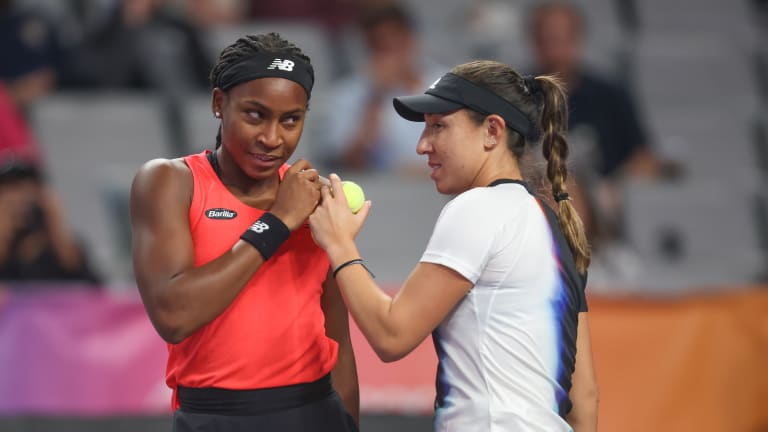
Gauff and Pegula find themselves as title contenders amidst an early wave of U.S. success.
© Icon Sportswire via Getty Images
Advertising
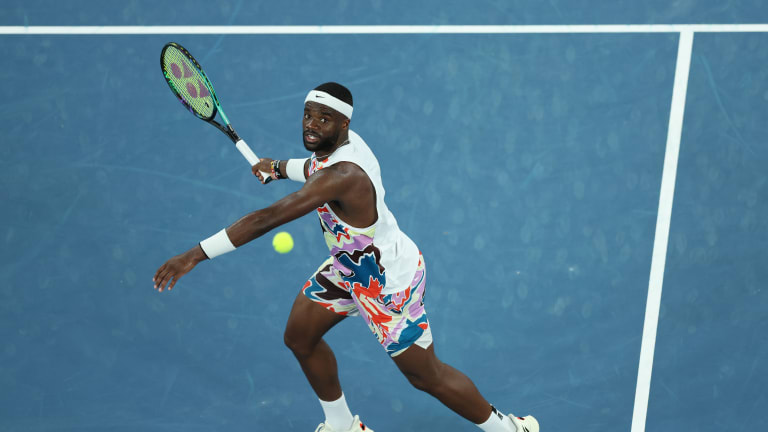
With Nadal eliminated, Tiafoe has a major opportunity in Oz.
© Getty Images
Advertising
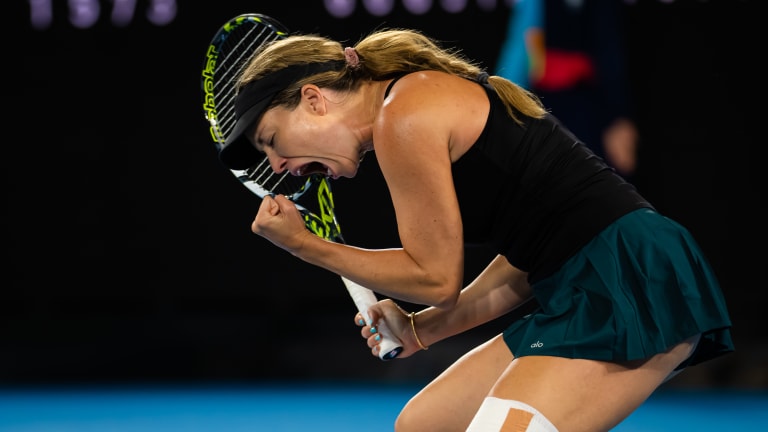
Has Collins' fire actually helped tennis loosen up?
© 2023 Robert Prange